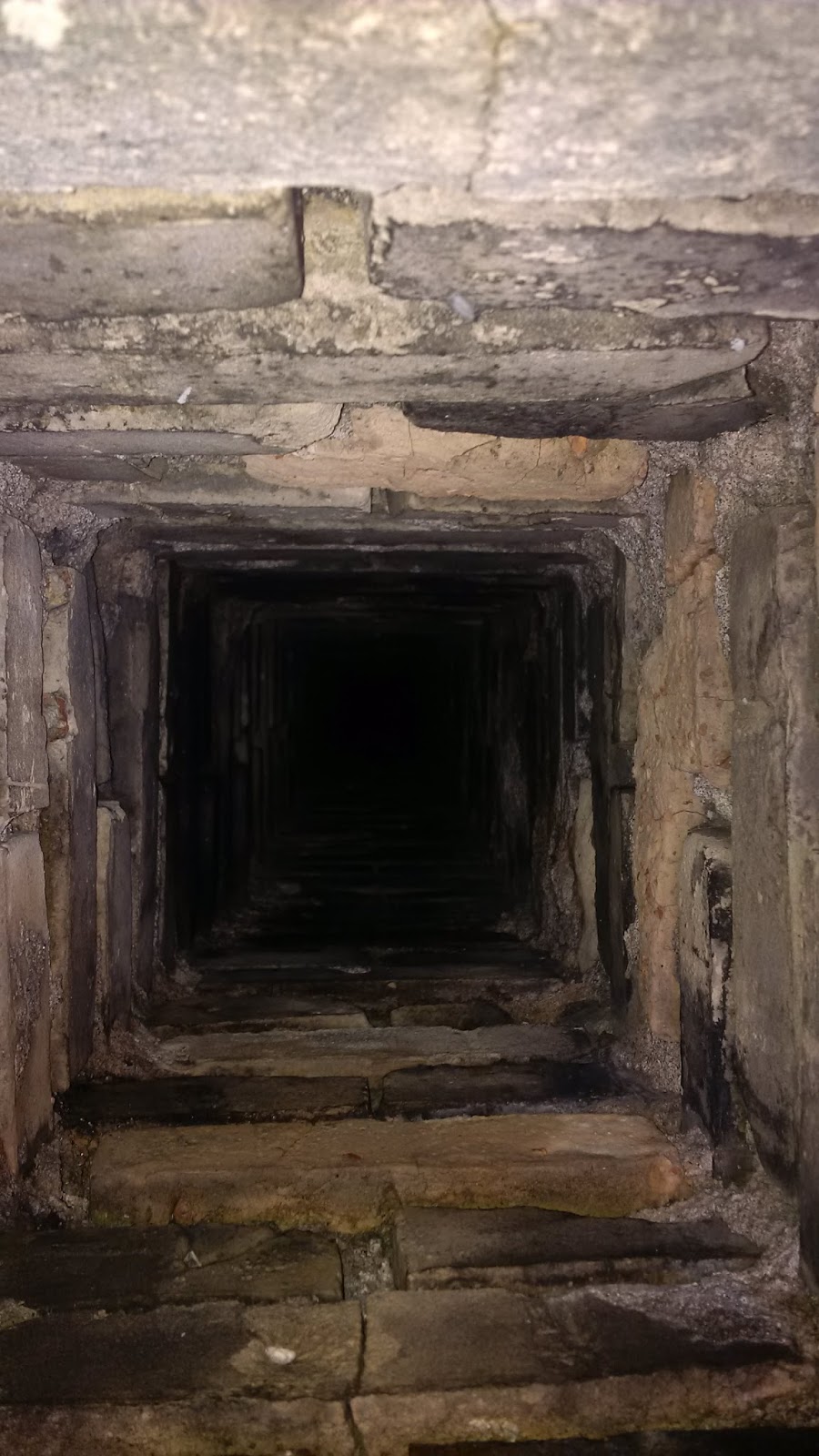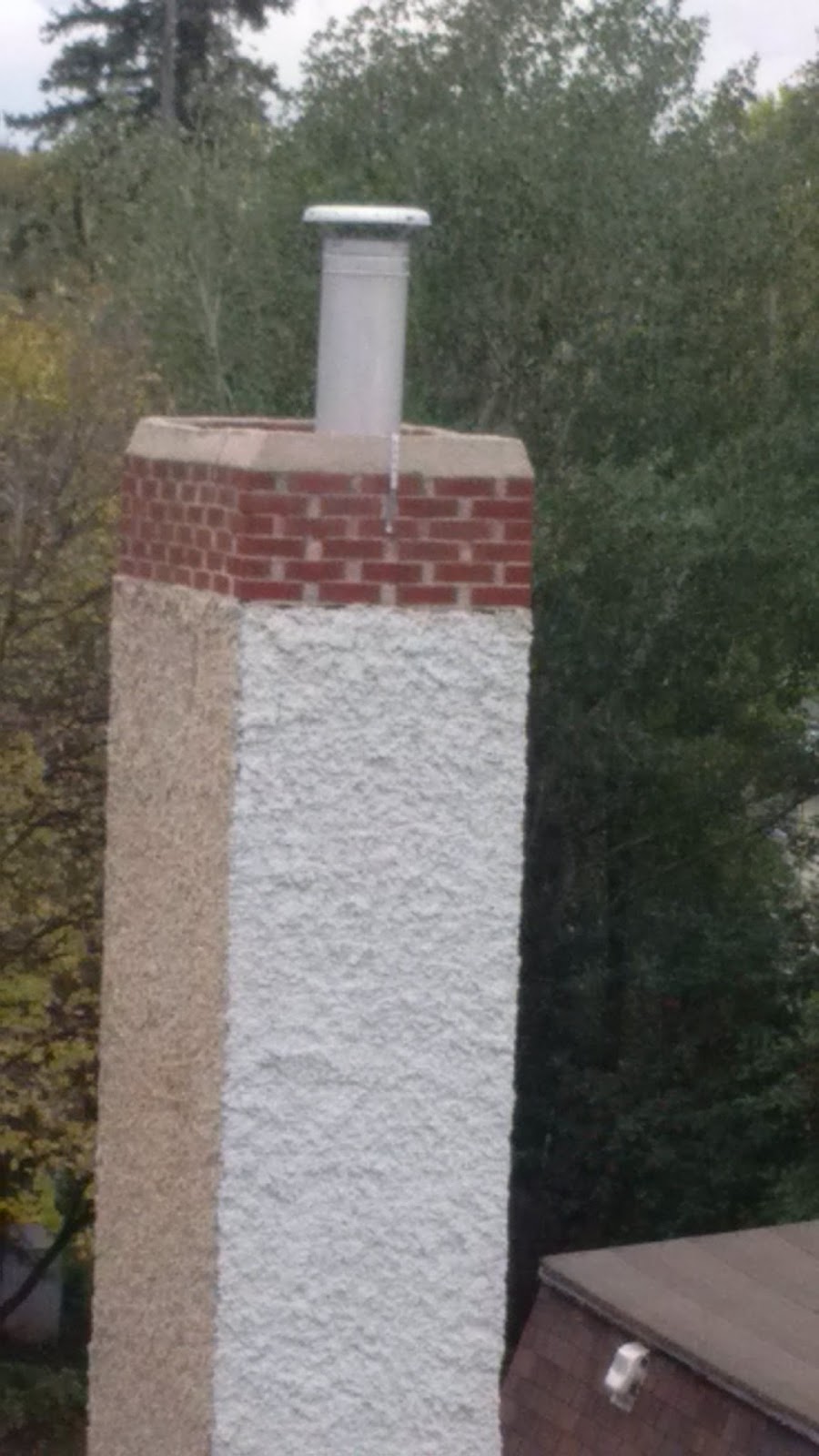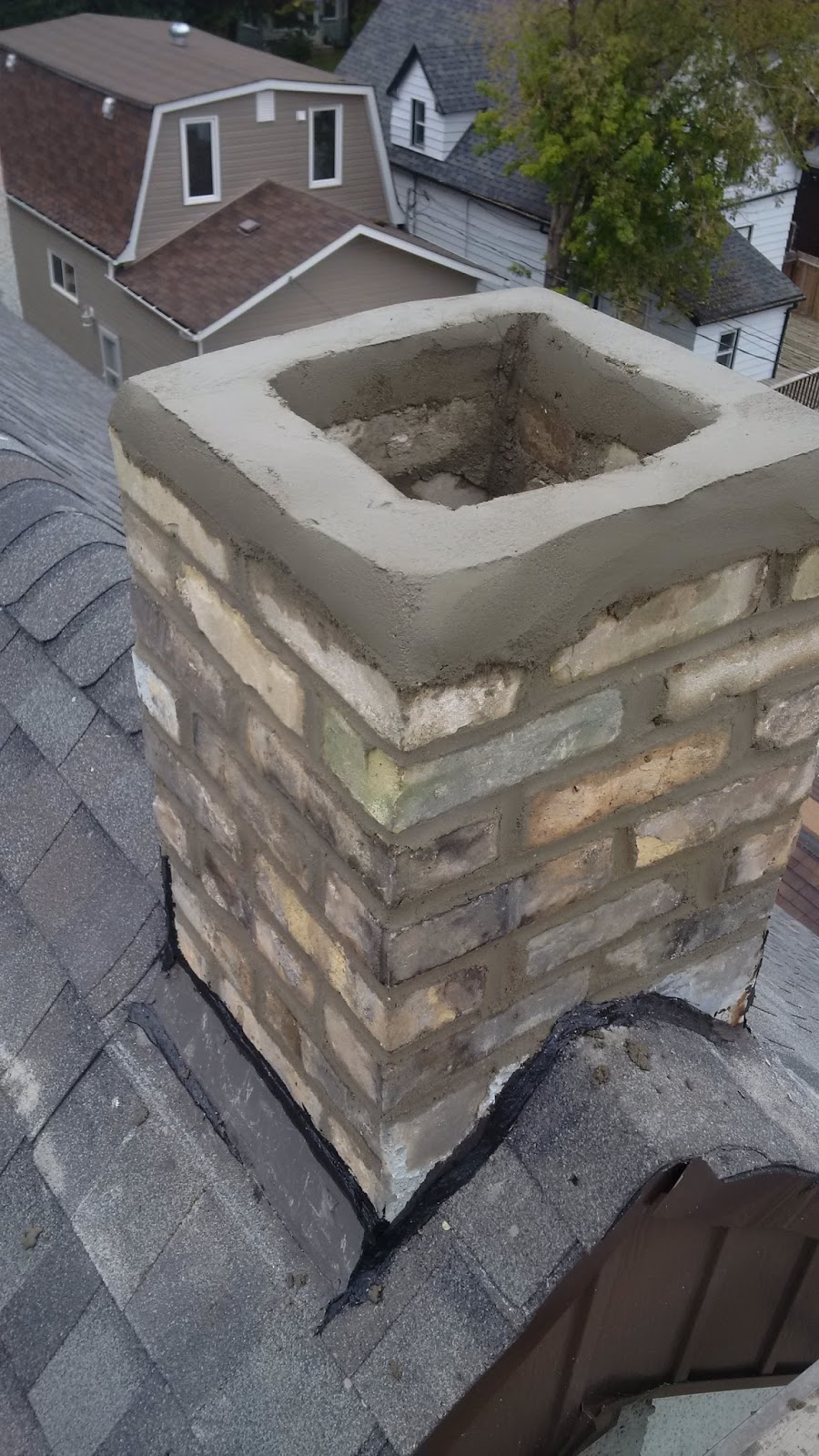MCSI are keen to promote the protection of Chimney Swift breeding and roosting habitats here in Manitoba. In fact we are people obsessed with retaining old brick chimneys, unashamedly so, because without these structures we have no idea what the future would hold for swifts here in Manitoba.
Birds of prey will often nest in the same tree year on year and over generations. One spring, the breeding pair will return to find their old nest site has gone, having been blown over during a heavy storm. In this case, the breeding habitat is no longer suitable for the birds purpose and they move on to construct a new nest in a different tree. There are plenty of alternatives available in this case, but not necessarily when we consider the case of the Chimney Swift.
I have no idea whether Chimney Swifts would return to the same tree in Manitoba to nest or roost year on year, but given how they seem to find the same chimneys here in Manitoba, I suspect this would have been the case. Now Chimney Swifts in Manitoba, as far as we know, nest solely in old chimneys. Many of the chimneys that provide homes for Chimney Swifts are either more than 100 years old or swiftly approaching that milestone. This leads to a bit of a problem: chimneys are the most exposed part of any building, jutting out above the roofline and being more exposed to the slightly chilly effects of a Manitoban winter. Currently we are discovering that a number of these chimneys are deteriorating to the extent that they will need urgent repairs in the coming years if they are to continue to provide homes for swifts. Fortunately, thanks to funding from Environment Canada, we have been able to begin the process of repairing a few of these chimneys this fall and below I give a brief account of one of these chimneys.
Our first repair came about as the result of a chance encounter between a volunteer (and MCSI committee member) and a priest from a church he was monitoring. One evening in June, Christian Artuso was monitoring the chimney at St Anne’s Church on Hampton Street, Winnipeg, as part of the 4 day national roost monitoring scheme. Happy, after a successful evening with 2 entrances, Christian was suddenly faced with the awful prospect that this important habitat would be imminently destroyed. The priest explained that the chimney would be demolished due to safety concerns over degrading (and crumbling) mortar above the roofline. The church no longer used the chimney, they were unaware of the critical habitat it provided for swifts and therefore the obvious solution would be to remove the chimney before it collapsed in a residential area.
Manitoba Conservation and Water Stewardship and MCSI were able to intervene at this point, met with the church and came up with a plan of action to save the chimney and the nesting swifts. We employed a local mason to repair the chimney and made an agreement that the church would continue to retain this chimney for the swifts. From the following photos you can see that the chimney was rebuilt above the roofline and a crown added to the peak to add stability.
Above: Inside of chimney. No sign of the nest, so maybe it is either too low or already fallen?
Above: There is a second chimney on site. Previously it was assumed that this chimney was capped but this summer Chimney Swifts were observed entering it. If you look carefully you can see a entrance behind the flue, indicating that there are 2 flues on this chimney
Above: Completed chimney, well done Ed!
We would like to thank not only our funders at Environment Canada, but also Nicole Firlotte from Manitoba Conservation for establishing contact with the church and finally St Anne’s Church for their support in this endeavour, especially Richard Ludwick, the Deacon, who has been extremely helpful during this process.
Tim Poole



